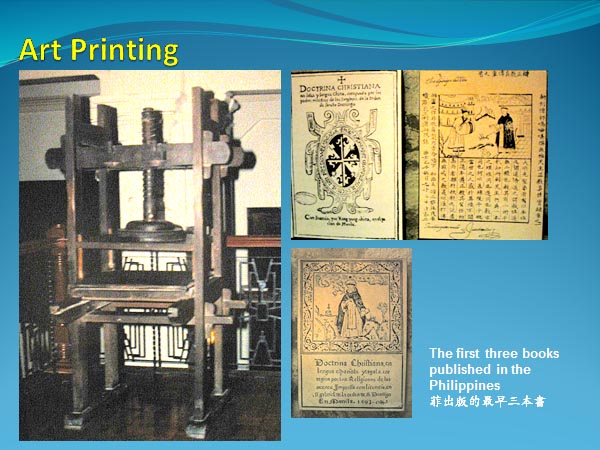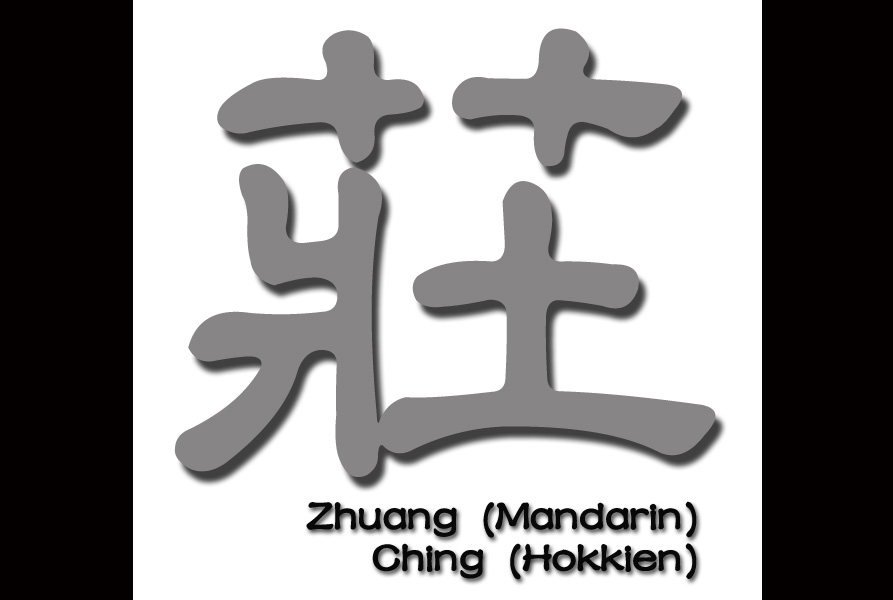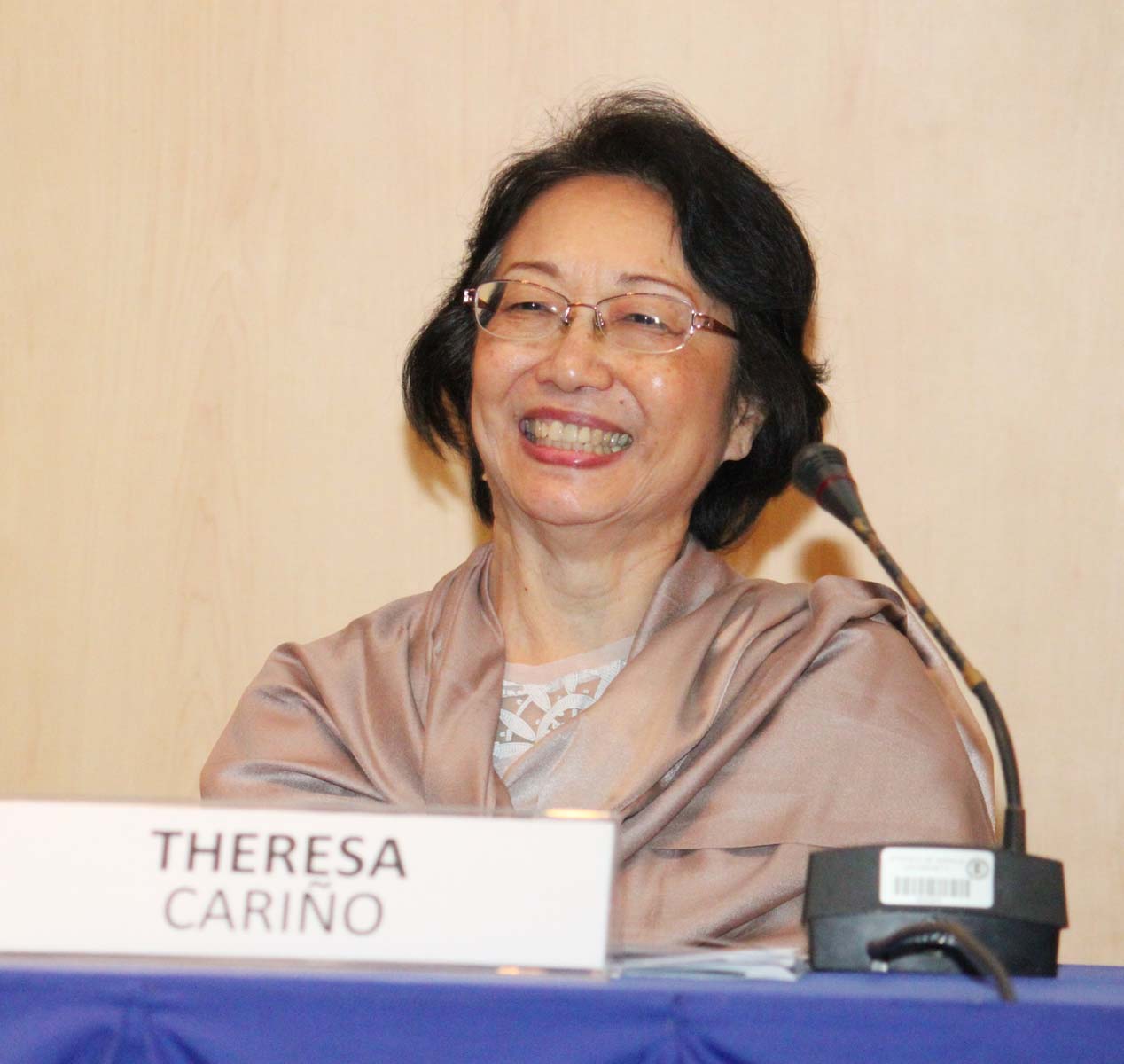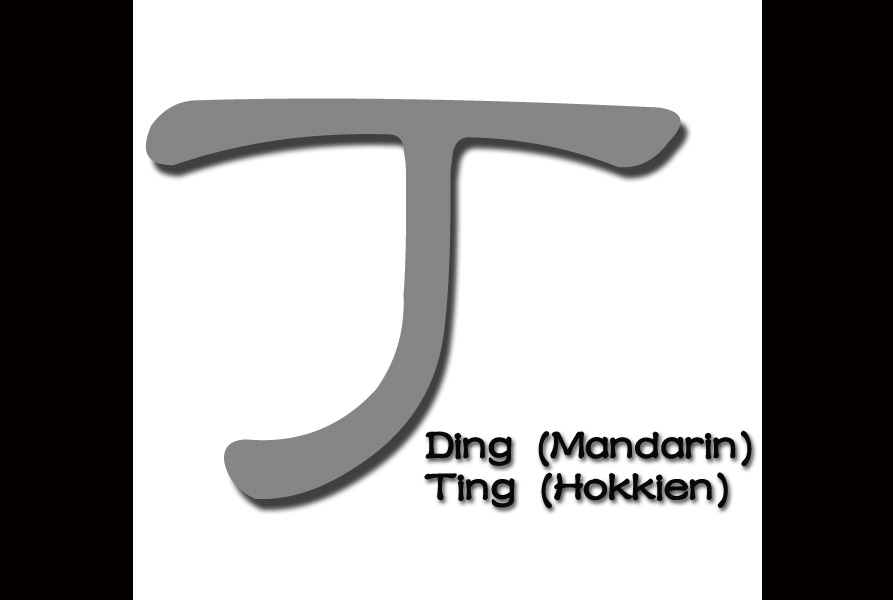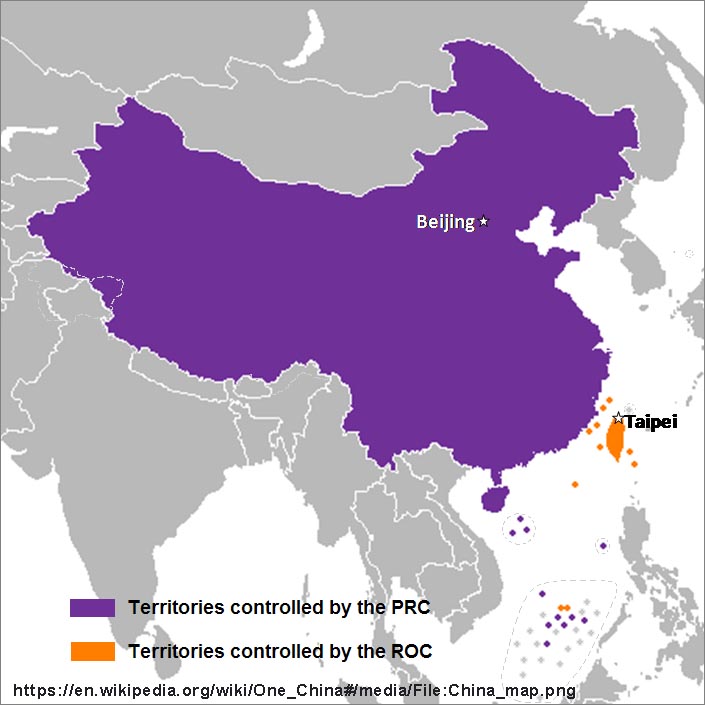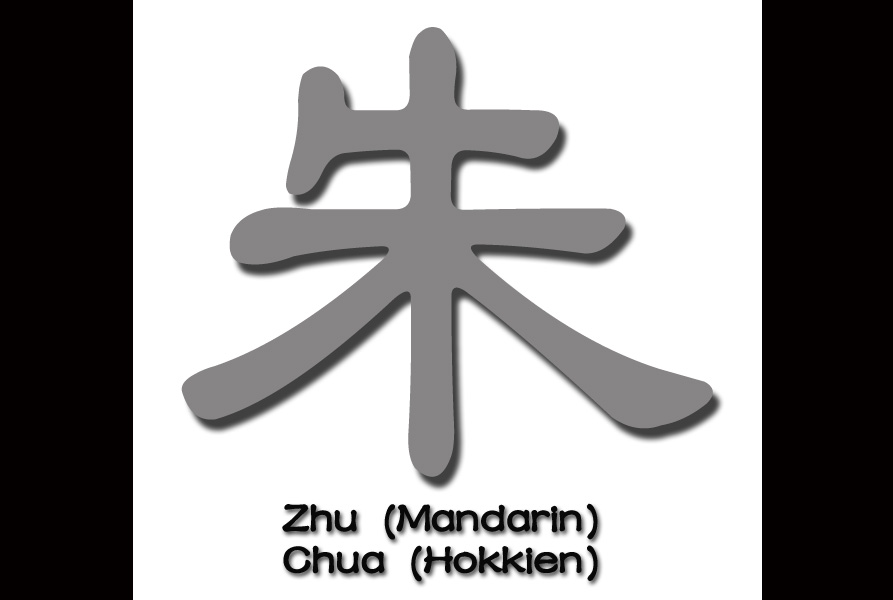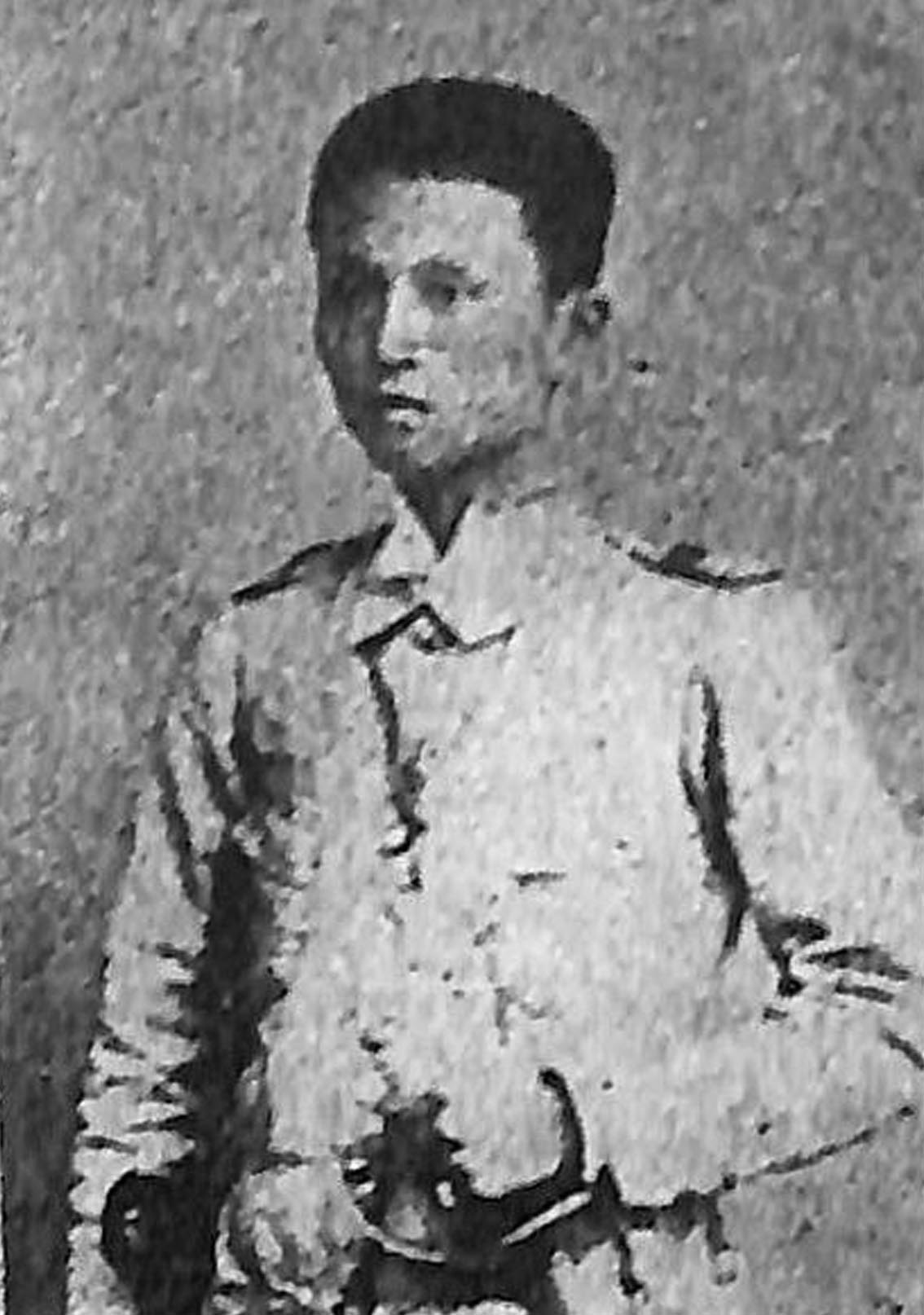Excerpted from Tulay Monthly, Chinese-Filipino Digest 1, no. 6 (November 13, 1988), p. 7. Throughout the long history of the Chinese presence in the Philippines, they have made significant contributions to Philippine life – not just in the field of commerce but more importantly to the propagation of Christianity and the perpetuation of the Filipino […]
